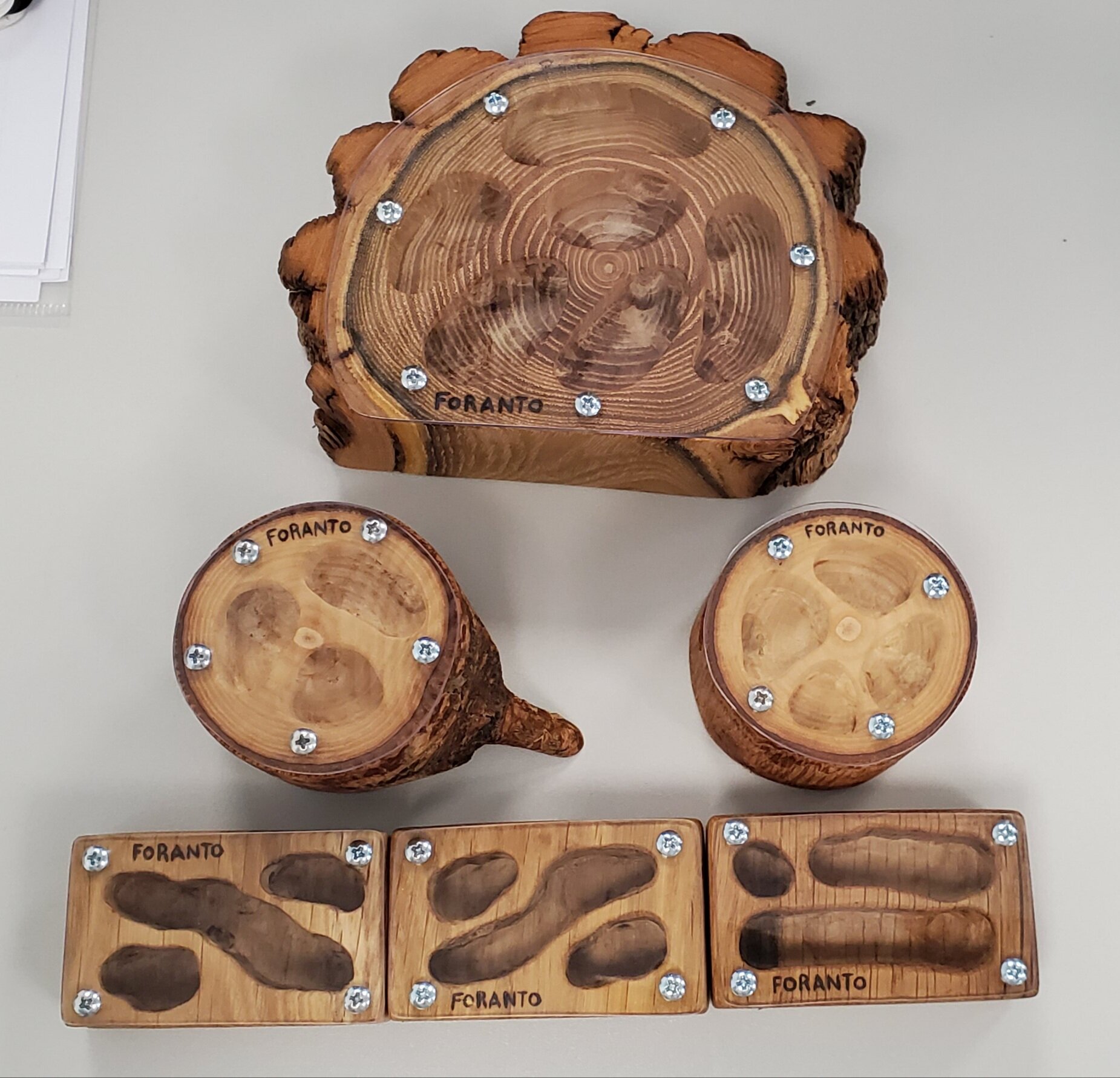Camponotus lianghuang 2.0
Its January 2022 and this is the version 2.0 of my Camponotus lianghuang log post.
In Mid December 2020, I got myself a new ant colony (advance Christmas present :D), but unfortunately the colony ended up dying after few months, due to my carelessness in maintaining necessary nest humidity. I thought they were more arboreal than they actually seem to be.
The name of the species is unofficial, the Chinese call it Camponotus lianghuang (named after a locality or after someone, actually not, it just means, bright or beautiful yellow), 亮黃弓背蟻 - Bright Yellow Carpenter Ant.
Queen
An uncommon species to be found even on the Chinese Market. Some species cycle on and off every 2, 3 or 4 years. And this is such species. Last time I seen this species for sale was probably 2017, if i recall correctly. So I had to take this opportunity and get one!
Now in 2022, I have probably purchased the last of the late 2020 queens.
Nanitic
The 2020 colony, when it arrived, the test tube had a water spill from the water reservoir, most of the brood was wet, and I had to act quickly to transfer them.
You can see on the video below, when they arrived, they had 2 nanitics, 5 larvae and a bunch of small larvae.
After a quick re-house, I watched them clean themselves as well as all the brood. Unfortunately one pupae was too wet, and ended up perishing.
10 days later, another worker eclosed
Since I could see by the shape of this Carpenter ant queen, that this species is probably arboreal, and most probably would like to live inside dead wood. So I ordered some small wood nests from Europe, from Foranto Wood Nests Shop, which I highly recommend you go check Tomasz’s shop. Great Products!
This may be not so true (ant species nesting preferences) as I thought. The reason being, they seem to need more humid nests than dry.
I ordered these six nests. I kept the bottom three and the top one. The other two I gave to my friend Nicholas, a local ant keeper who also has some arboreal carpenter ants, a species called Camponotus lighti.
While I waited for the production and delivery of the nests, the colony continued to progress, which was amazing to see, since we were in high winter.
1 Queen 4 workers and a bunch of developing brood.
This queen is really prolific. No matter the temperature she keeps a constant egg laying cycle.
I have noticed also, that the workers are fearless, which is uncommon for new colonies, since the newly hatched workers (called nanitics) normally don’t have any experience and tend to poorly execute tasks when it comes handling prey items.
But these no. These are very brave and bold little golden ants!
In the beginning of February 2021, I finally received my nests, and was time to re-house them.
And I used the opportunity to take some proper macro photos.
Not easy to see, but she has one egg between her mandibles
Temporary housing, while i took some photos
I don’t have any video of the re-housing but I have this most recent inside their new wood nest :D
Although you cannot see it, they have now 5 workers and a good amount of larvae developing.
And now, spring is just around the corner, these larvae will soon pupate, and by mid March, the colony should reach its 8 worker mark.
Then the sky will be limit for these girls!
Nope, not really unfortunately, 10 or 12 was the limit, since death was just around the corner.
Now moving into the first photos and report of my 2022 colony. I thought I was buying a 6 worker colony, unfortunately I missed out one chinese character and it actually came with 60 and a good amount of brood.
Camponotus lianghuang colony
Camponotus lianghuang workers fully packed
After receiving them, I immediately introduced them into their small outworld with water and rock sugar to replenish their energies. I didn’t have much more time to observe them, as I had to leave and come back to work. So this is the last photo i took from them after connecting the tube to the outworld. Lovely ants aren’t they?
Camponotus lianghuang workers scouting their new outworld
Hope you have enjoyed this post.
Thank you for reading and see you on the next one!
Cheers!
















